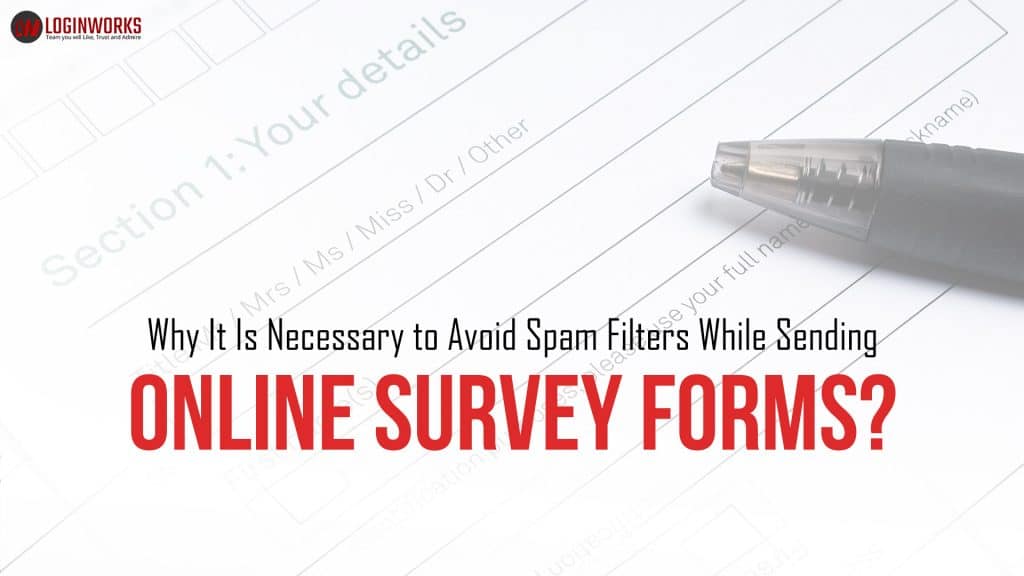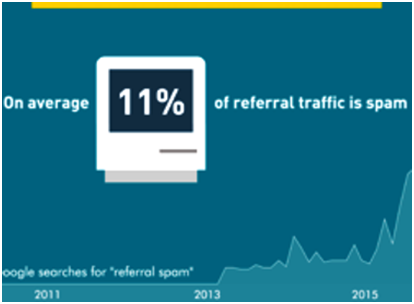Surveys are a great way for a business or an organization to collect data or get feedback from clients, existing and potential customers or members of an organization. One of the most effective ways of online surveys is by use of online survey forms. That is why it is vital that when you send them by email, they reach their targeted audience. One main way of ensuring that they are seen by recipients is by avoiding spam filters.
Whether you are running a business or an organization, you always hope that email recipients will click on your email and open it, and hopefully respond to it. Many Internet Service Providers are very particular about the classification of emails, and unsolicited emails or emails sent too frequently may easily be classified as spam. Once that happens, they are, of course, rerouted to the spam folder where the recipient may never see them until they are automatically deleted after some time.
The Problem with Online Surveys
Online survey forms you send to your targeted audience may end up being classified as spam by your Internet Service Provider for the following reasons.
- Emails that are sent too frequently to certain recipients may be flagged as spam even when they are not.
- Emails that have specific headings may be marked as spam automatically, depending on the service provider’s classification of email subjects.
- Email senders who have a habit of sending unsolicited emails to as many people as possible, most of them not on their subscription list. These are mostly emails marketing specific products.
- Emails from IP addresses that have been marked by service providers as a source of spam emails.
- Emails that are rarely opened by recipients. Once the ISP notes that your emails are rarely opened by the recipients, they are rerouted to the spam folders automatically.
- If your email subject does not match the content, sometimes this raises a red flag, especially if you are sending to many recipients. The lack of transparency between subject and content causes emails to be classified as spam.
So what can you do to avoid spam filters and ensure that your survey form emails reach their targeted audience by being designated to the Inbox and not the Spam Folder?
- Avoid subjects that might trigger the spam filter and reroute your survey form to the spam folder! Because of too many unsolicited survey forms out there, a subject like “Survey Form” might get your email automatically marked as spam. Mention the survey in the email’s body as a conclusion or as a polite request at the end.
- Ensure that the subject is clear and related to the sender’s organization and to the body of the email. You do not have to mention the survey form in the heading, but ensure that the sender name and subject are clear to the recipient.
- If you are sending emails to specific people and they are not opening the emails or responding, then that may trigger the ISP’s spam filter settings and reroute all future emails from that sender to the spam folder.
- Ensure that you send emails to willing subscribers. Emails that were subscribed through annoying pop-ups may be forgiven one time, but subscribers get fed up when it becomes a habit.
- Update your mailing list to purge the list of unwilling subscribers who no longer seem to read the emails. Unopened mail rate is one main reason for emails being branded as spam.
- Do some research on how various providers treat your emails. If you find that many recipients receive them through the spam folder, you need to find out what you are doing wrong. Also, find out if the subscribers themselves marked them as spam.
- Just as there fake twitter or facebook followers available “on sale”, there are also fake email subscribers sold without their consent. Ensure that your subscribers are people who subscribe by themselves. Almost 50% of emails marked as spam are marked by recipients.
- Do not ever send emails to people or groups of people simply because you have their addresses. Always ensure that they are either interested in your services, are part of your organization or have subscribed to them.
- Ensure that your organization has a good reputation, or is well known. People are more likely to open emails from senders they trust or recognize. The more reason to market your business or organization.
We cannot conclude without mentioning the golden rule: Avoid Spamming! When people think of spamming, they mostly think of “too many emails.” One or two emails a week is enough. Many credible senders have been marked as spam mail senders by recipients for sending emails every day. Some senders even send three emails a day. If you compiled everything you needed to say into a weekly or monthly newsletter, the email opening rate would go up drastically.
In a nutshell, survey form emails should be sent as a polite request to the target audience, with an option to either fill in the form or not to. They should not be pushy, but a gentle request for feedback. If the above are carefully observed, your polite request for information through a survey form will most likely not only end up in the inbox but will get a positive response as well!
- Business Intelligence Vs Data Analytics: What’s the Difference? - December 10, 2020
- Effective Ways Data Analytics Helps Improve Business Growth - July 28, 2020
- How the Automotive Industry is Benefitting From Web Scraping - July 23, 2020



